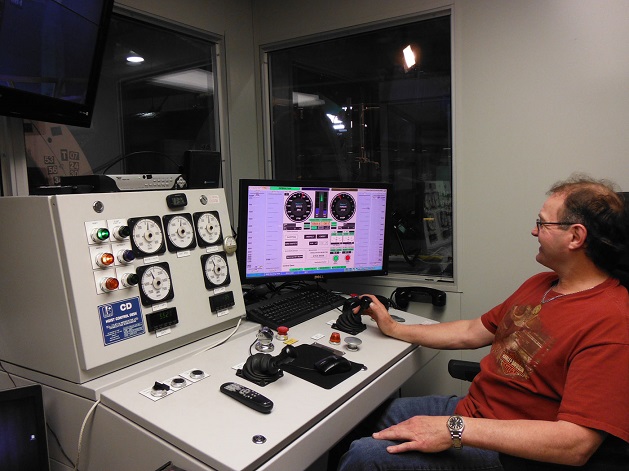Main Break

The Kirkland Lake Main Break system has produced over a span of 86 years, 24 million troy ounces of gold, representing some 15% of total Canadian gold production as of 1999. Mining took place along a strike length of 21,000 feet and to a depth of 8,100 feet. Some of the greatest gold mines in Canada were located along the Main Break including the Sylvanite, Wright Hargreaves, Lakeshore, Teck Hughes, Kirkland Minerals and Macassa. The average historic grade of this production is 0.48 ounces of gold per ton. At both the Wright Hargreaves and Lakeshore mines, high grade gold mineralization is still present at the 8,100 foot level.
Source: http://www.klgold.com/Exploration/main-break.aspx
Based at the Detour Lake Mine site, we currently have an exciting opportunity for a Asset Protection Control Room Guard to join our Asset Protection team reporting to the Asset Protection Supervisor.
We currently have an exciting opportunity for a SharePoint Developer to join our Business Intelligence Team.
Based at the Detour Lake Mine site, we currently have an exciting opportunity for a Mine Planning Technician Trainee to join our Technical Services team reporting to the Mine Planning Superintendent.
Based at the Canadian Operations Centre in Timmins, ON, we currently have an exciting opportunity for a Senior Mine Geologist to join our Geology team reporting to the Geology Superintendent.
Based at the Detour Lake Mine site, we currently have an exciting opportunity for a Process Plant Reliability Engineer to join our Process Plant Maintenance team reporting to the Reliability Supervisor.
The Core Technician will be responsible to support the Geology departments by processing and sampling/cutting of diamond drill core.
The Assayer 1 processes Mine Production and Exploration samples for grade control providing vital information in a timely method to assist in key decision making relating to mining/geology activity and reconciling samples entering and exiting the Mill Process.
The Mine Planner/EIT will be responsible for mine planning within the 3 - 6 month planning interval.
The Assayer 2 processes Mine Production and Exploration samples for grade control providing vital information in a timely method to assist in key decision making relating to mining/geology activity and reconciling samples entering and exiting the Mill Process.
The Assayer 3 processes Mine Production and Exploration samples for grade control providing vital information in a timely method to assist in key decision making relating to mining/geology activity and reconciling samples entering and exiting the Mill Process.
